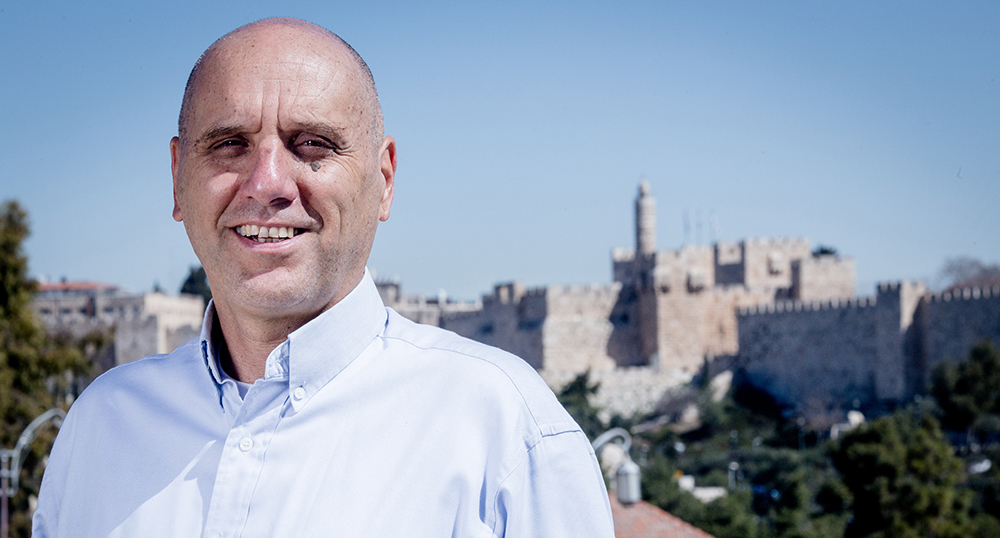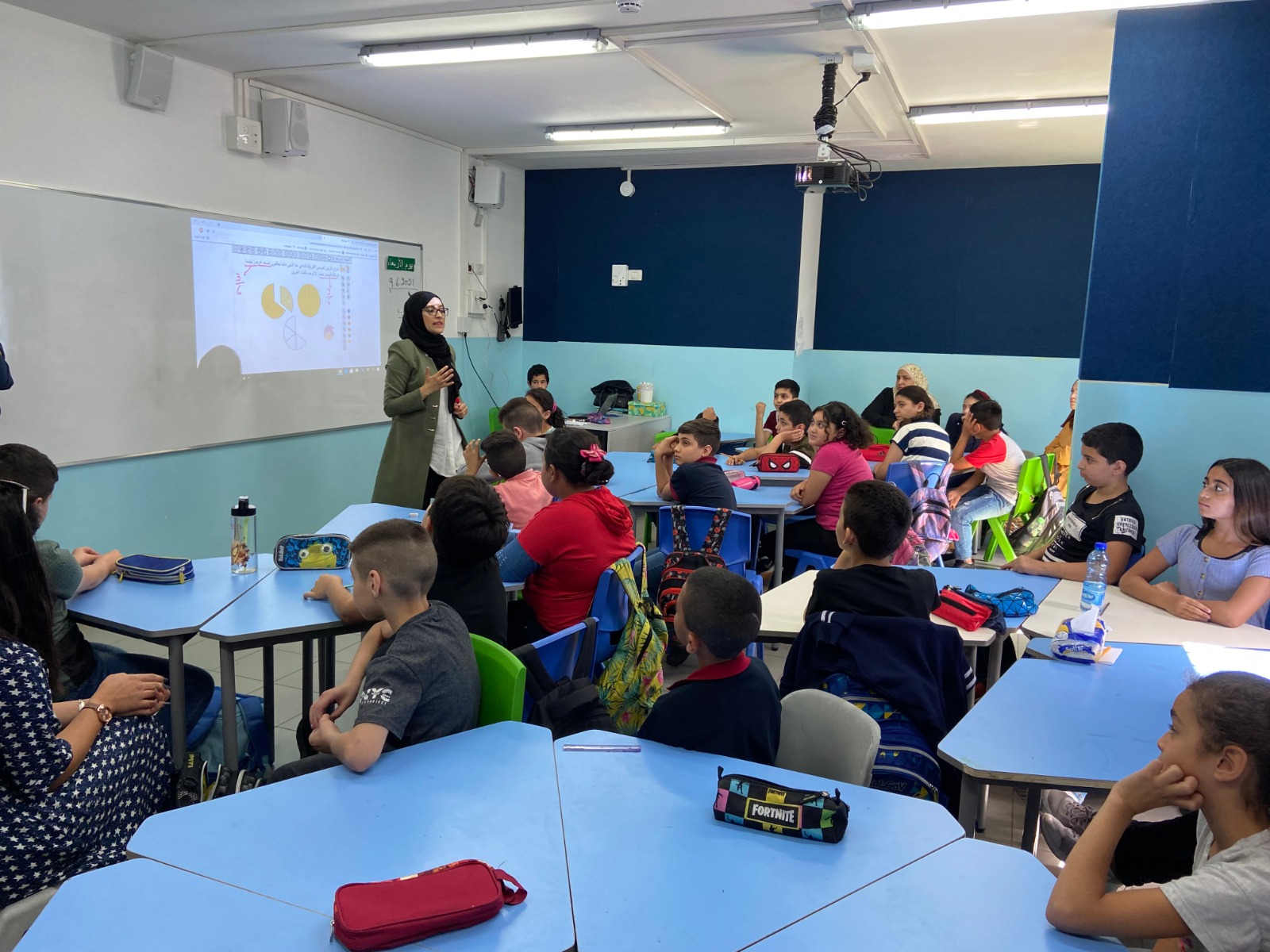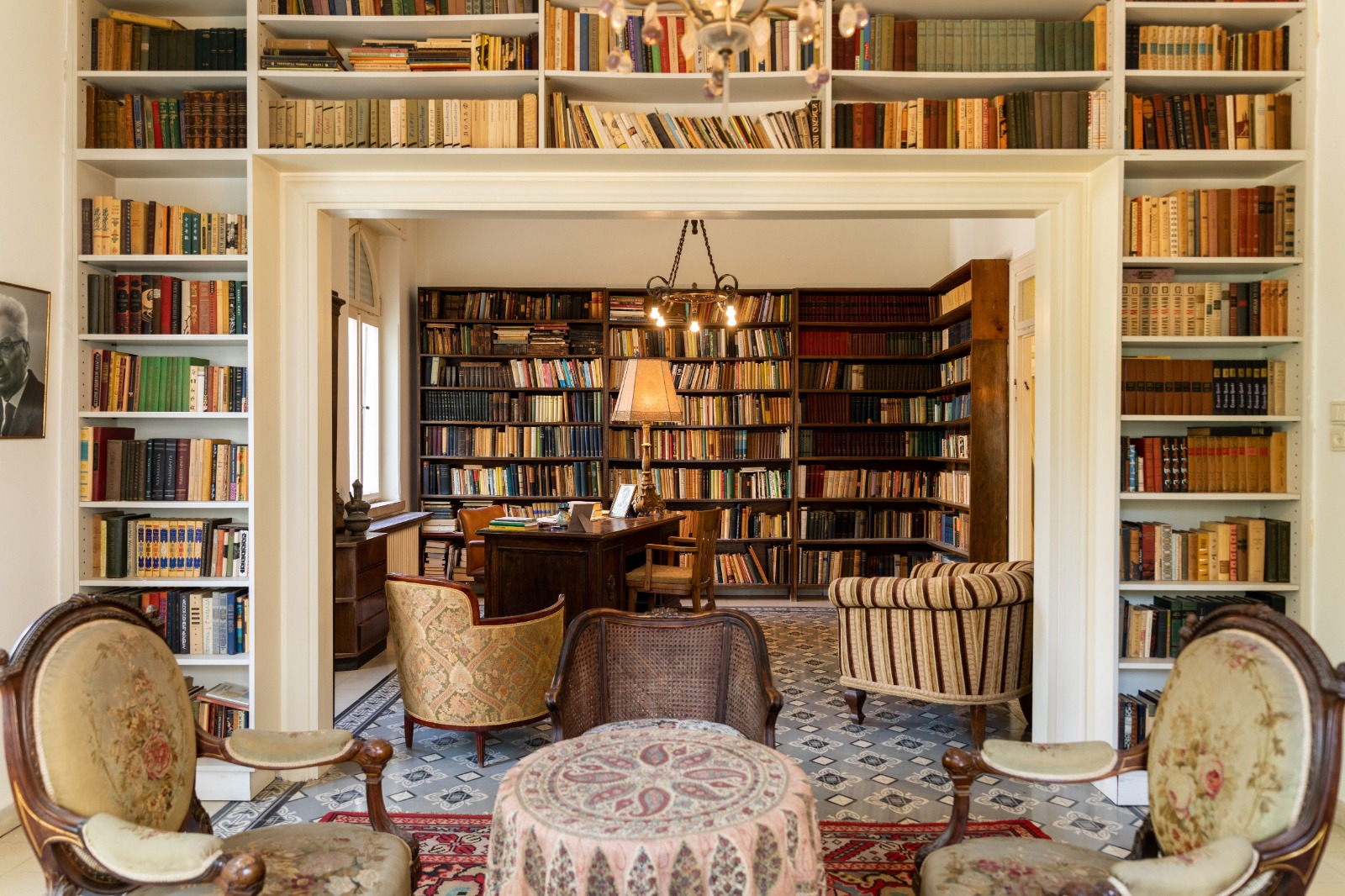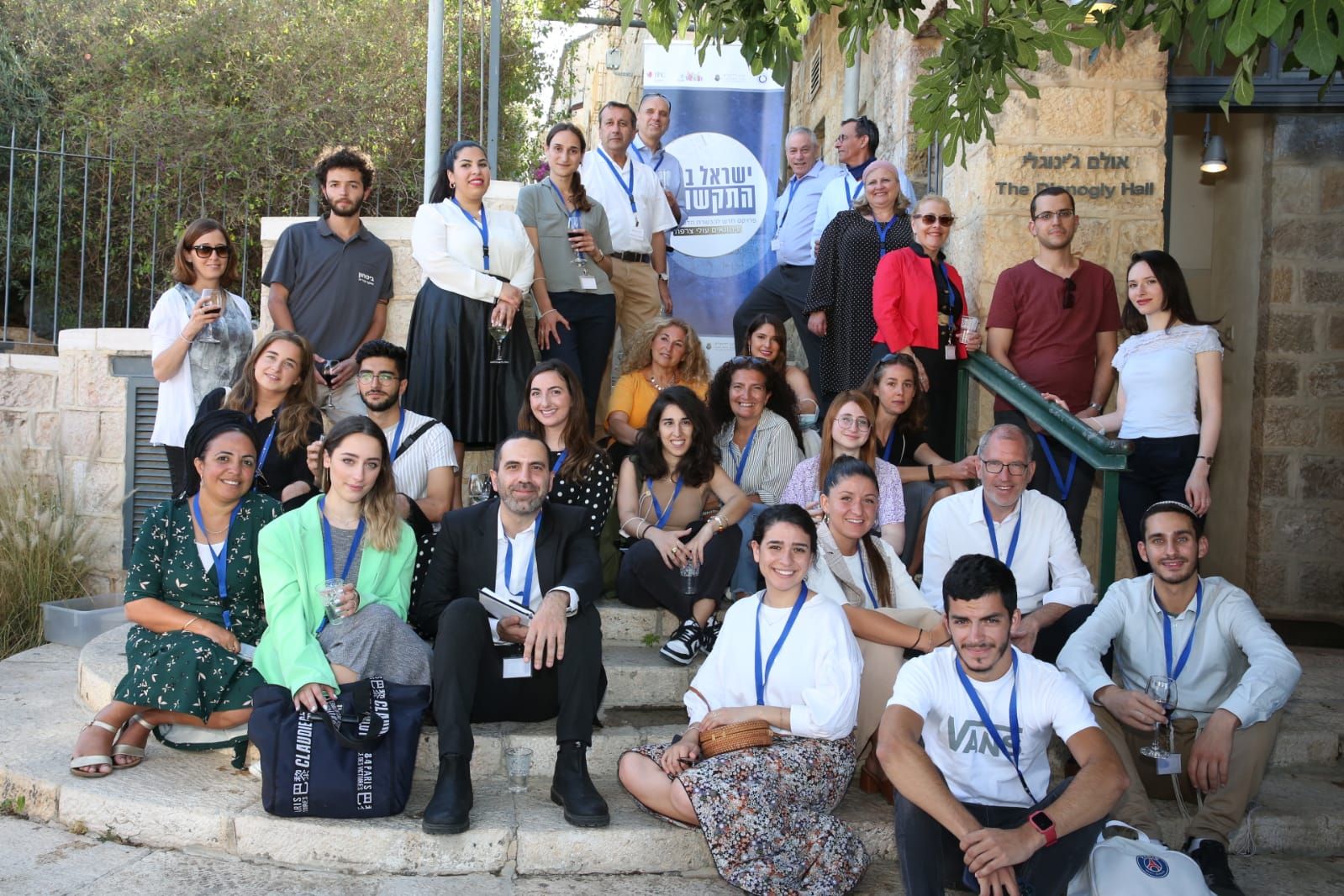
Dear Friends,
It may already seem like distant history – but not so long ago everything looked very different here. Jerusalem was again at the center of world news, and there were difficult days. But from the perspective of two months later the city has almost returned to normal…
Last week we experienced magical nights in Jerusalem, a full moon was shining over the city, wonderful early summer weather offered cool breezes and thousands of residents and visitors came out to enjoy an incredible creative atmosphere that Jerusalem uniquely inspires and the Jerusalem Foundation promotes and supports. One of the highlights of last week was the Jazz Festival in the Billy Rose Sculpture Garden of the Israel Museum.
Jerusalem at its best, Jerusalem that excites, encourages and inspires… that is exactly what I want to share. For this “Stories from Jerusalem” I chose three tales of “normalcy” at the beginning of summer. And about the full moon, you will read more in just a moment…
Neil Armstrong from Ras al-Amud
If in 20 years the first astronaut from East Jerusalem takes off into space, do not be surprised to hear where he grew up. I have no doubt that he will come from the Ashbal Al-Quds School in Ras al-Amud, at the foot of the Mount of Olives.
Muhammad Arbik is the principal of this amazing school specializing in science, technology, robotics and space. Yes, an ambitious list especially for an elementary school, but one that is well-deserved.
The city of Jerusalem is looking for educational leaders like Muhammad. The school’s reputation has already spread, and students come from all neighborhoods of the city – from Tsur Baher in the south to Shuafat and Beit Hanina in the north, even if it is an hour’s drive each way.
The Jerusalem Foundation got to know the school through “Al-Mada” – a program to promote science and math studies in elementary schools that we support and mentor together with our partner IASA / ICEE- the Israeli Center for Excellence through Education. As part of the program we work with teachers and students in Jerusalem schools from all sectors, enhancing tools for engaging, effective teaching of science and math. We work long-term with each school and have already seen the rewards.
It is an inspiring experience to walk around the school with Muhammad, meeting the teachers and students from the robotics lab which makes me wish I was a student again. The young children already know how to build tiny robots from Lego and to program them. The members of the Al-Mada steering committee were deeply amazed and impressed during our visit, since even the respected academic leaders among us do not have a clue how to program a robot. Academic excellence exists in every corner of the School. The learning atmosphere and the dedicated teaching staff radiate confidence and calm.
In the evening, after visiting the School, an early summer full moon rose over Jerusalem and I knew where the first Palestinian astronaut to land on the moon would come from: the Ras al-Amud School of science, technology, robotics and… space!

Hazaz on the Move
With all that has been happening in the city, we still found the time to inaugurate the Haim Hazaz Room at Mishkenot Sha’ananim. This was a unique project for the Jerusalem Foundation, reconstructing the library and study of one of Israel’s greatest Hebrew writers, Haim Hazaz (1898-1973). Hazaz was the first recipient of the Israel Prize for Literature and one of the founders of the Academy of the Hebrew Language. Many of his stories and books take place in Jerusalem, and during his many years living in the city he moved freely between homes and neighborhoods, getting to know different communities and cultures.
Together with his widow Aviva z”l, the Jerusalem Foundation created a plan to move the study and library, including artwork, antique furniture and rare books, to the Mishkenot Sha’ananim Cultural Center to become a permanent exhibition open to the public.
The restoration of Hazaz’s room in Mishkenot Sha’ananim required great sensitivity on the part of all those involved. But the project was not just a story of planning and execution, preservation and attention to historic details. It became an exciting journey into the past when, during the dismantling of the room in the house on Hovevei Zion Street prior to its relocation, hidden cabinets full of thousands of undiscovered letters and rare manuscripts were discovered.
For us, at the Jerusalem Foundation, a special find in this treasure chest was a passage Hazaz wrote in a story that was published only after his death: “In Jerusalem you can find many nations, from all over the world- all kinds of Jews: Yemenites, North Africans, Iraquis, Persians… all kinds of Hassidim: Chabad, Breslav, Gur… To what may this be compared? to a barrel of honey. If a man sets down a barrel of honey, bees immediately begin to swarm to it from all around.” (From Bell and Pomegranate collected stories, Pa’amon VeRimon, 1974).
Indeed, Jerusalem is unique in its cultural mosaic. Hazaz wrote about the city’s multiculturalism and lived it firsthand. He understood that this was the greatness of Jerusalem – the inspiring ability to find a way to live together. This vision is exactly what the Jerusalem Foundation seeks to advance. And even if we did not know it, we are following in the footsteps of Haim Hazaz.

“The French Connection”
Daniel Ben Simon is one of the most respected journalists, writers and publicists in Israel who also found time to serve as a Member of Knesset. He was born in Morocco, studied in France and from there immigrated to Israel alone in 1969. Since then, Ben Simon has been active and engaged with Israeli life and is considered one of the leading commentators in Israel on social issues, including minority representation in the Israeli media.
Today his personal story of how he began his career at the Haaretz newspaper can make us smile, but it shines a light on the difficult journey for an immigrant from France who wanted to be part of Israeli society and to break into the elite circles of the Israeli media establishment. His story raises important questions about the difficulties of absorbing new immigrants in Israel, especially when they want to enter one of the most traditional Israeli centers of influence such as Haaretz newspaper.
I was privileged to hear about Ben Simon’s immigration experiences together with about 30 new immigrants from France, many living in Jerusalem. They are all participating in a program initiated by the Jerusalem Foundation this year: “Israel through the Eyes of the Media,” a program to train and integrate the next generation of French speaking immigrant journalists. The program was born in collaboration with Qualita, the umbrella organization of French-speaking immigrants in Israel, and with the support of Marc Eisenberg, who divides his time between Jerusalem and Paris. The program is being implemented by the Jerusalem Press Club, (founded by the Jerusalem Foundation and Mishkenot Sha’ananim) at the highest professional level.

Participants in the program are exposed to the layout of the Israeli media and learn more about the current burning issues, by meeting with leading reporters and experts in their field and undertaking assignments. Several outstanding participants will also receive a special scholarship that will offer them further training and an internship in one of Israel’s large media outlets.
Yes, this is yet one more challenge we have taken on, along with our partners in this project: to ensure that all voices of the Jerusalem mosaic are heard, that the diversity of the city is truly reflected in the media as well. We continue to build a model of shared living in Jerusalem and cultivate future leadership that will be committed to this city and will thrive in it.
And if, in the end, one of the participants in the program decides to become a member of the Knesset like Daniel Ben Simon, we will not complain…
Shai Doron
Jerusalem Foundation President


 - עיצוב אתרים
- עיצוב אתרים